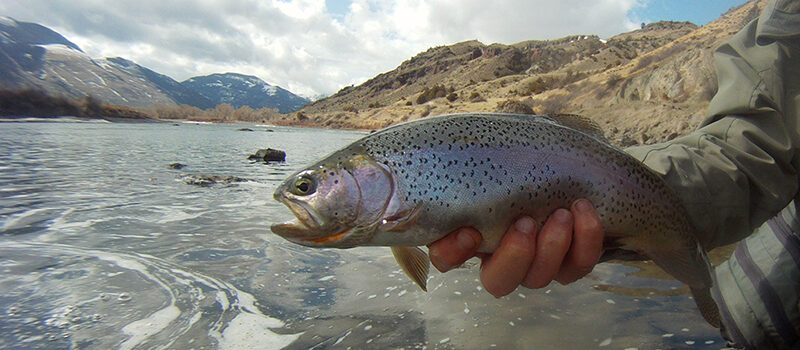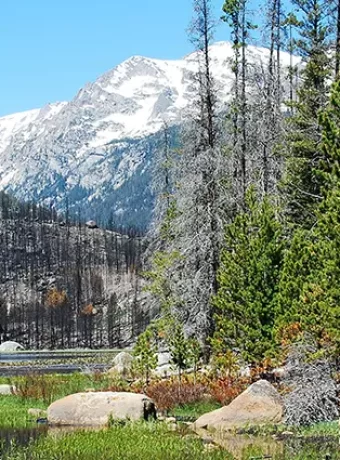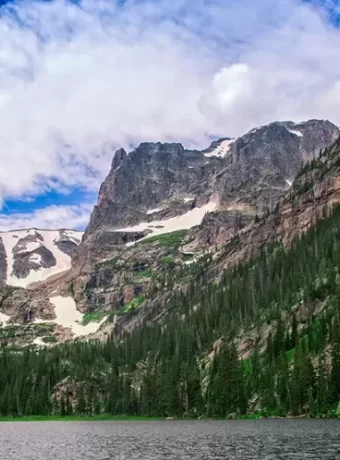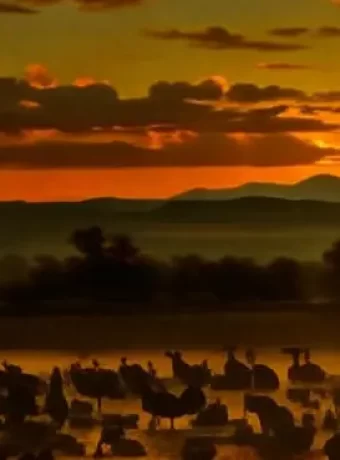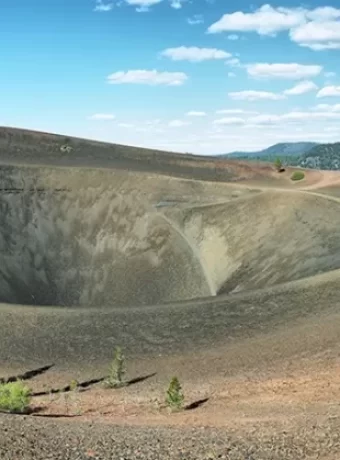Fly Fishing Yankee Jim Canyon on the Yellowstone River
Yankee Jim Canyon is a stretch of the Yellowstone River unlike any other outside of Yellowstone National Park. Characterized by a steep canyon, large boulders, and deep holes – Yankee Jim Canyon is a stretch that affords more solitude, more adrenaline, and some great fishing. At approximately 5 miles in length it packs a lot of excitement into a brief section of river making it a great option for a half day trip, a full day with a lot of walk wading, or for a full day from the boat running Yankee Jim then floating some more typical Yellowstone water downstream are all great options.
Yankee Jim’s Revenge Focuses You for a Great Day on the Yellowstone River
In Yankee Jim Canyon you are able to experience almost all of the fishing opportunities and hatches that the rest of the Yellowstone River offers. There are slow sections with silt bottoms, riffle sections, and deep pools. It is really only missing the gradual gradient banks covered in cobble, but the fish and insect hatches don’t seem to mind. When trips will be offered, there are two very notable rapids that we will encounter at the flows. The first is Yankee Jim’s revenge, there is a good stretch of very fishable and productive water prior to this rapid, but just when you think you’re on a normal float Yankee Jim’s Revenge comes up fast and gets the float started off right. The river tunnels down as the gradient increases making for a fast rapid with fun rollers on the exit.
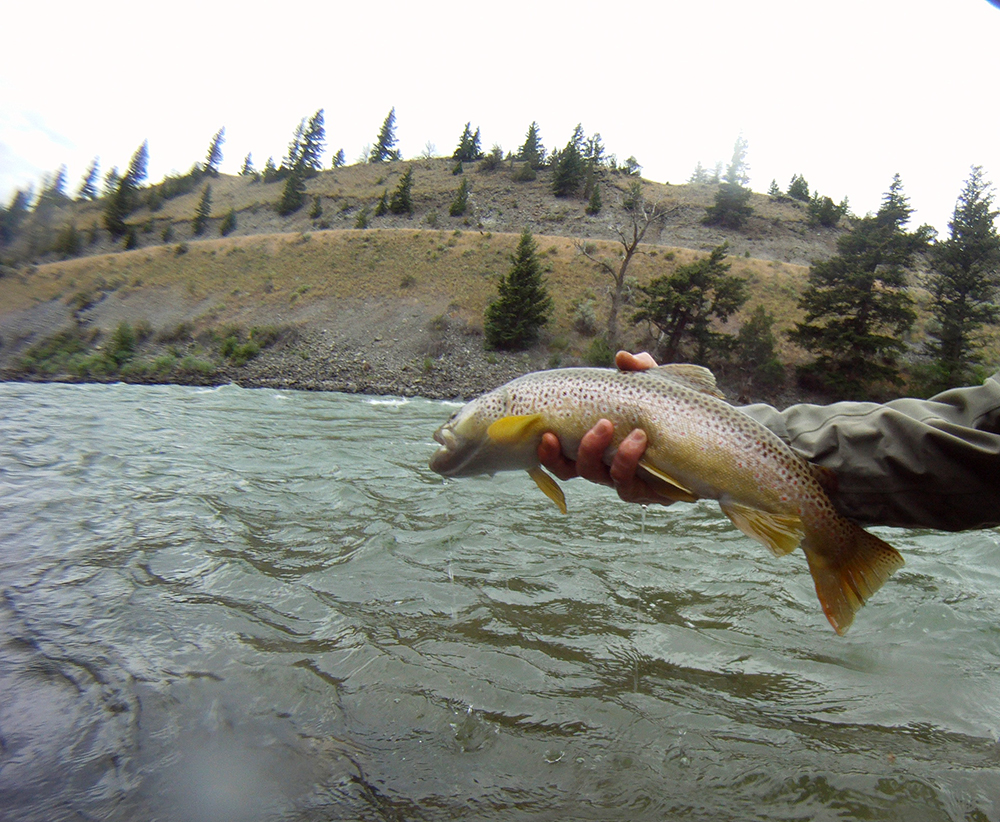
Cast flies into rocky banks, eddies
We’ll then have a time to catch our composure and cast flies into rocky banks, eddies, and a few mid river rock features before the next rapid comes our way. This is Big Rock Rapid, and it gets its name from the gigantic house sized rock that splits the river. Hold onto your hats on this rapid as there is a substantial drop leading into the first wave where you might get a refreshing splash of cold Yellowstone water. As we exit the rapid we’ll ride the rollers and get ready to start casting to rocky banks again.
Canyon Flows into Paradise Valley
At the flows that we’ll float Yankee Jim Canyon, the next rapid will be more scenic than adrenaline rush. This is called Boxcar Rapid and it is a beautiful and unique part of the river. Near sheer cliffs on both sides of the river make wonderful eddies to fish that hold some impressive trout. And at the lower flows that we go through here we will miss the boat flipping wave and bone chilling water that is found during and just after runoff. The river broadens slightly from here and there are more gradual and riffle sections, and grassy banks some of which have deep undercuts. The water will be a mix as we get closer to the end of the canyon, but the fish and insect population will remain very good and productive. At the end of the canyon the river opens to the beautiful Paradise Valley. One takeout at the beginning of the valley will be used for half day or float/walk trips, and for longer floats a second takeout will be used giving the opportunity to fish approximately 6 miles of the Yellowstone river that is typically found throughout Paradise Valley.
Fly Fishing Yankee Jim Canyon Offers A Variety of Opportunities On the Fly
The trout through Yankee Jim Canyon are a pretty even mix of browns, rainbows, and cutthroat/cutbows and average 12-15 inches, but there are plenty of big fish even ones over 20+ inches. Native Rocky Mountain Whitefish are also present. Mornings will typically be nymph fishing while as the day progresses dry fly fishing becomes more productive. Later in the season dry dropper fishing becomes a great way to fish this section of river. Streamer fishing can be productive, and a great way to target the largest fish in this section. Usually greater numbers of fish will be caught using nymphs and dry flies, but if you have the desire to try and land a large trout being a little stubborn and willing to pass up a greater number of fish, this is a great section of water to fish streamers.

Salmon Flies in the Canyon are a Treat
Sometimes the river and runoff will cooperate, and flows will be low enough when Salmonflies are hatching to float Yankee Jim Canyon. While not to be expected, if this does occur, you are in for a great time throwing huge dry flies to hungry trout! In most years the flows will be safe enough to float by the time that Golden Stoneflies emerge, and these also provide an opportunity to cast big dry flies for exciting takes, sometimes to very large trout. Caddis and mayflies will make up the majority of the remaining aquatic hatches in the Canyon, and will be hatching, sometimes prolifically, when flows are safe to float through mid to late August. There will still be aquatic insect hatches after this time, but not in the numbers as early in the season, instead it will be time to fish terrestrial patterns such as hoppers, beetles, and ants along with Yellowstone staple nymphs. As terrestrial season wanes, baetis will begin hatching and even early midge hatches. Brown trout will become more aggressive this time of year (late September/October) and streamer fishing and nymphing bigger flies trailed by their smaller counterparts such as baetis and midges becomes the productive.
Fly Fishing Yankee Jim Canyon Priorities for a Fly Fishing Adventure
While having a great time and catching fish are the goal, safety will be the top priority floating through Yankee Jim Canyon. As mentioned previously we will not run trips through this section of river while the flows are too high, cold, and dangerous. If conditions change, as they can suddenly on a freestone river, we will substitute a float on a different section of river that will still provide thrills and great opportunities to fish the Yellowstone River. Lifejackets will be provided as well as a safety instruction prior to launching the boat.
Other things that will be included are a streamside lunch (please let us know prior to your trip of any dietary restrictions or preferences) and non-alcoholic beverages. Leader, tippet, flies, and rod/reel combos will also be provided; you are encouraged to bring your own if you have them and would like to use them. Good all-around combo for this section of river is a 9’ 5wt rod with WF floating line. For streamers a 9’ 6wt or 7wt rod are good choices as is a sink tip or sinking line though a WF floating line can work as well. Unless booking for late July, waders are generally not needed or recommended. Instead quick drying wading pants along with wading socks and wading boots are preferable. Additionally, extra layers of clothing including a waterproof jacket are recommended as are polarized sunglasses, sunscreen, and a hat to keep the sun off of you.
Other Yellowstone River Fly Fishing Trips Click Here.
For Gear and Fly Fishing Apparel Click Here
